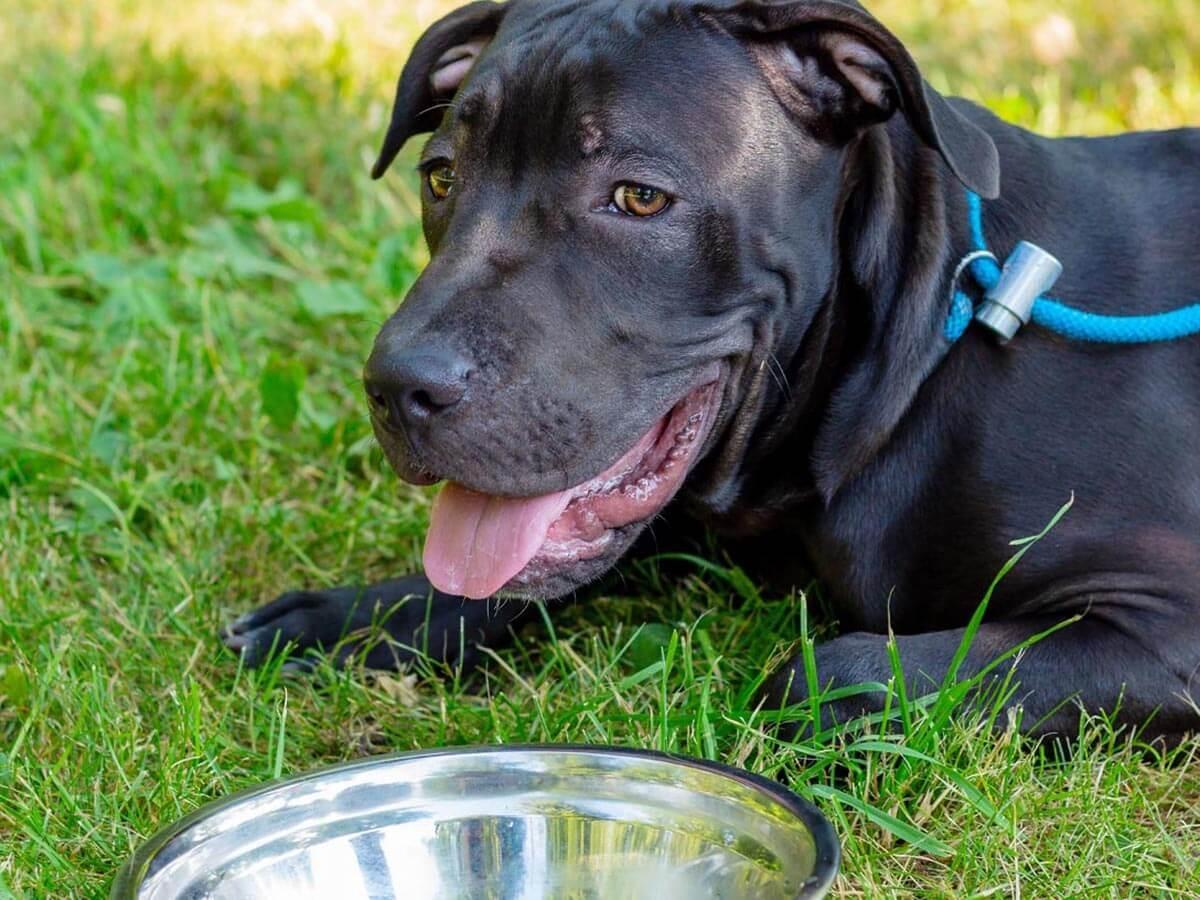Dogs, our beloved furry companions, are known for their boundless energy and enthusiasm. However, as temperatures rise, it's crucial to be mindful of the signs of overheating in dogs, as these can lead to serious health complications, including heatstroke.
The Dangers of Overheating in Dogs
Overheating occurs when a dog's body temperature exceeds its normal range, typically around 101.5°F (38.5°C). When this happens, a dog's internal systems begin to malfunction, leading to a cascade of potentially life-threatening consequences.
Common Signs of Overheating in Dogs
Recognizing the signs of overheating in dogs is essential for prompt intervention and prevention of heatstroke. Here are nine key indicators to watch for:
Excessive Panting: Panting is a normal way for dogs to regulate their body temperature, but excessive panting, especially when accompanied by other signs of overheating, is a cause for concern.
Lethargy or Weakness: Overheating can cause dogs to become lethargic, weak, or unresponsive. They may appear tired, lose interest in their surroundings, and struggle to stand or walk.
Drooling: Excessive drooling is a common sign of overheating, as dogs attempt to cool themselves through saliva evaporation.
Glazed Eyes: Glazed or sunken eyes can indicate dehydration, a serious complication of overheating.
Red Gums and Tongue: Red gums and tongue are a sign of impaired circulation, a consequence of overheating.
Vomiting or Diarrhea: Overheating can cause digestive upset, leading to vomiting or diarrhea.
Rapid Breathing: Rapid breathing, also known as tachypnea, is a sign of the body's attempt to increase oxygen intake to compensate for heat stress.
Stumbling or Disorientation: Overheating can affect a dog's coordination and balance, leading to stumbling or disorientation.
Collapse: In severe cases of overheating, dogs may collapse and become unconscious, requiring immediate veterinary attention.
Expert Opinions on Overheating in Dogs
According to DVM John Hamil, if the dog’s temperature is under 105 degrees Fahrenheit, take your dog to the vet immediately. If their temperature is over 105 degrees, try to cool them down, and take their temperature every few minutes. Don’t try to reduce their temperature if it is under 103 degrees Fahrenheit, you will run the risk of lowering their temperature to critical levels.
Expert Insights From Spot
Heatstroke can strike a serious financial blow to pet parents. To help avoid both the health risk to their companion and the financial burden, pet parents must be proactive in keeping their pets cool during warm months.
Protecting Your Dog from Overheating
Taking proactive measures can significantly reduce the risk of overheating in dogs:
Hydration: Ensure your dog has access to fresh, clean water at all times, especially during warm weather.
Shade and Cool Areas: Provide ample shade and cool areas for your dog to retreat to, particularly when temperatures are high. Avoid leaving your dog in parked cars, even with windows cracked.
Avoid Strenuous Activity: Limit strenuous exercise and playtime during hot temperatures. Consider early morning or late evening walks when temperatures are cooler.
Know Your Dog's Limits: Be aware of your dog's breed, age, and overall health, as certain factors can make them more susceptible to overheating.
Key Takeaways
Overheating in dogs is a serious concern, but it can be prevented through proper care and attention. By recognizing the signs of overheating, taking preventive measures, and seeking veterinary attention promptly when necessary, you can ensure your dog's safety and well-being during hot weather. Remember, your furry friend's health is paramount, and a little extra caution can go a long way in keeping them cool and comfortable.

I’m Charlie: canine enthusiast with a knack for figuring out why my dog, Dallas, is more infatuated with tennis balls than me. My lifelong passion for dogs has created a dedication to help other pet parents better understands their furry family members!












